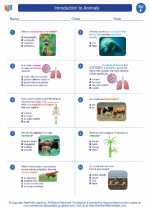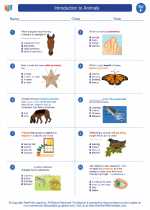Key Concepts
Formation of Streams
Streams are formed from water runoff from precipitation, such as rain or melting snow. As the water flows downhill, it collects in small channels, which gradually develop into larger streams.
Stream Flow
The flow of a stream is influenced by factors such as the gradient of the land, the volume of water, and the shape of the stream channel. Faster-flowing streams tend to have a steeper gradient and carry a larger volume of water.
Types of Streams
Streams can be classified based on their flow patterns. There are three main types of streams: perennial streams, which flow all year round; intermittent streams, which flow only at certain times of the year; and ephemeral streams, which flow only in response to precipitation.
Stream Erosion and Deposition
Streams have the ability to erode and transport sediment, shaping the landscape over time. Erosion occurs as the force of the flowing water wears away the land, while deposition happens when the water loses energy and drops the sediment it was carrying.
Stream Ecology
Streams support diverse ecosystems, hosting a variety of plants and animals. The health of stream ecosystems is influenced by factors such as water quality, temperature, and the availability of food and shelter for organisms.
Study Questions
- What factors contribute to the formation of streams?
- How does the flow of a stream change as its gradient and volume of water change?
- Explain the differences between perennial, intermittent, and ephemeral streams.
- Discuss the processes of erosion and deposition in streams, and their impact on the landscape.
- Why are streams important for supporting diverse ecosystems? What factors influence the health of stream ecosystems?
◂Science Worksheets and Study Guides Sixth Grade. Introduction to Animals

 Activity Lesson
Activity Lesson
 Worksheet/Answer key
Worksheet/Answer key
 Worksheet/Answer key
Worksheet/Answer key
 Worksheet/Answer key
Worksheet/Answer key
 Vocabulary/Answer key
Vocabulary/Answer key
 Vocabulary/Answer key
Vocabulary/Answer key
 Vocabulary/Answer key
Vocabulary/Answer key
 Vocabulary/Answer key
Vocabulary/Answer key
